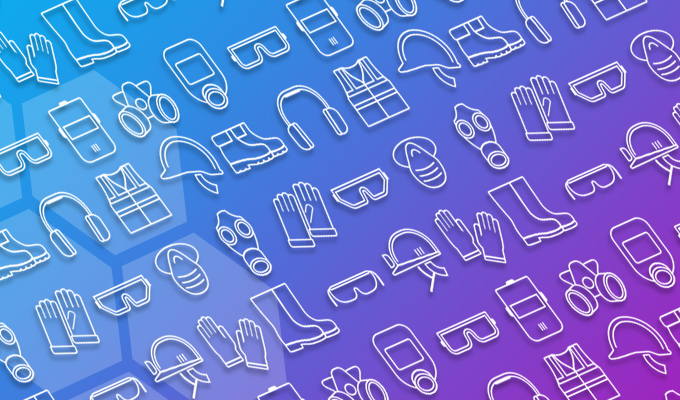By Holly Welles
The U.S. continues to battle the spread of COVID-19, impacting the way nearly every industry operates. Many states and cities have shut down non-essential operations, including restaurants and bars. In the construction industry, however, mandates are disparate depending on the contract, state government regulations, and project type.
As the industry soldiers on, some workers are falling ill to the disease on poorly-regulated jobsites. Workers are sharing the same portable restroom, failing to acquire the correct PPE, and touching the same tools and building materials. This situation has led some workers to quit their jobs for fear of contracting coronavirus as well. While mitigating the spread of the virus has requires many parts of the industry to shut down temporarily, there are ways crews can work to keep essential projects safe for the labor force.
If organizations were to adopt certain technologies that enabled workers to social distance, they might be able to mitigate the contagion without suspending projects deemed essential. These procedures would allow employees to communicate, work, and collaborate without coming into contact with one another. Luckily, there are already numerous technologies available for companies looking to improve safety and sanitation measures while remaining on schedule.
MANAGEMENT SOFTWARE
Many teams already use some form of management software to create schedules, track employee labor, make lists, and plan the logistics of various projects. Now, however, staff must rely on this software more than ever as many work remotely or spend more time planning in place of constructing. Managers might share certain aspects of this software with employees to discuss project progress and what future construction might look like when they’re able to work again.
For companies who don’t currently use management software, some businesses are stepping up to mitigate expenses. Riskcast is waiving implementation fees for 90 days. This way, companies can still move forward with planning and preparation at no additional cost. If a business doesn’t wish to continue using Riskcast after 90 days, they may export payroll reports and other data to their own archives.
SMART SAFETY MONITORING
The Center for Disease Control continues to advise people to keep a 6-foot distance between themselves and others. Therefore, employees may still be able to work on-site if conditions are sanitary, and they distance themselves. However, this can be difficult to accomplish when employees concentrate on controlling machinery and using heavy equipment. Often, they’re too focused on the task at hand to be continually on the lookout for fellow employees.
Fortunately, smart safety monitoring may be part of the solution. This technology requires workers to wear smart hardhats or other devices that can detect potential hazards like gas, extreme temperatures, and high pressure. Additionally, these hats also alert workers when they are close to moving objects—or people. By wearing this smart safety monitoring technology, employees may be able to keep away from coworkers. Furthermore, site managers will have the tools to track worker movements and make staffing decisions to maintain social distancing guidelines.
BUILDING INFORMATION MODELING
Companies often use building information modeling software as a tool to design virtual models and share files. Now, however, many use BIM technology to collaborate among team members effectively and achieve common project objectives.
This application is especially helpful as more employees begin to work remotely. With BIM, face-to-face meetings are unnecessary. As an instant messaging, file sharing and video conferencing app, this technology allows work to proceed from a distance.
This kind of innovation is ideal for teams who are both actively constructing or waiting for business to resume. However, most BIM users recommend implementing this software with other technologies like virtual reality, drones, and more. This way, everyone can understand the full scope of a project without coming into close contact with others.
PORTABLE HANDHELD DEVICES
While management software and BIM both allow for remote connection, there are simpler, more cost-effective ways for teams to connect. For instance, some site managers may purchase a handheld radio communication device for each employee so that everyone can communicate on the jobsite without standing near one another.
Nearly everyone has their own smartphone these days. Companies can use this device to their advantage by communicating through the digital realm on the jobsite. Host video calls, start a text message group, or have everyone download an app to keep everyone on the same page at work. Portable devices are often more effective than software systems for on-site employee communication.
CLOSING THOUGHT
While these technologies may help maintain social distance between employees, they aren’t 100-percent foolproof. Workers share materials, machinery, tools, and other things on-site and often don’t have time to wash their hands in-between. In which case, merely being on-site and physically handling objects can spread the virus. Therefore, managers must assess the situation and decide whether or not to halt future developments for the time being. While some construction projects maintain status as essential, many more are stalled as governments and businesses scramble to respond. After all, it’s better to be safe than sorry.
about the author
Holly Welles is a construction writer with experience covering business growth, labor, and technology. She regularly contributes to publications in the construction industry.


